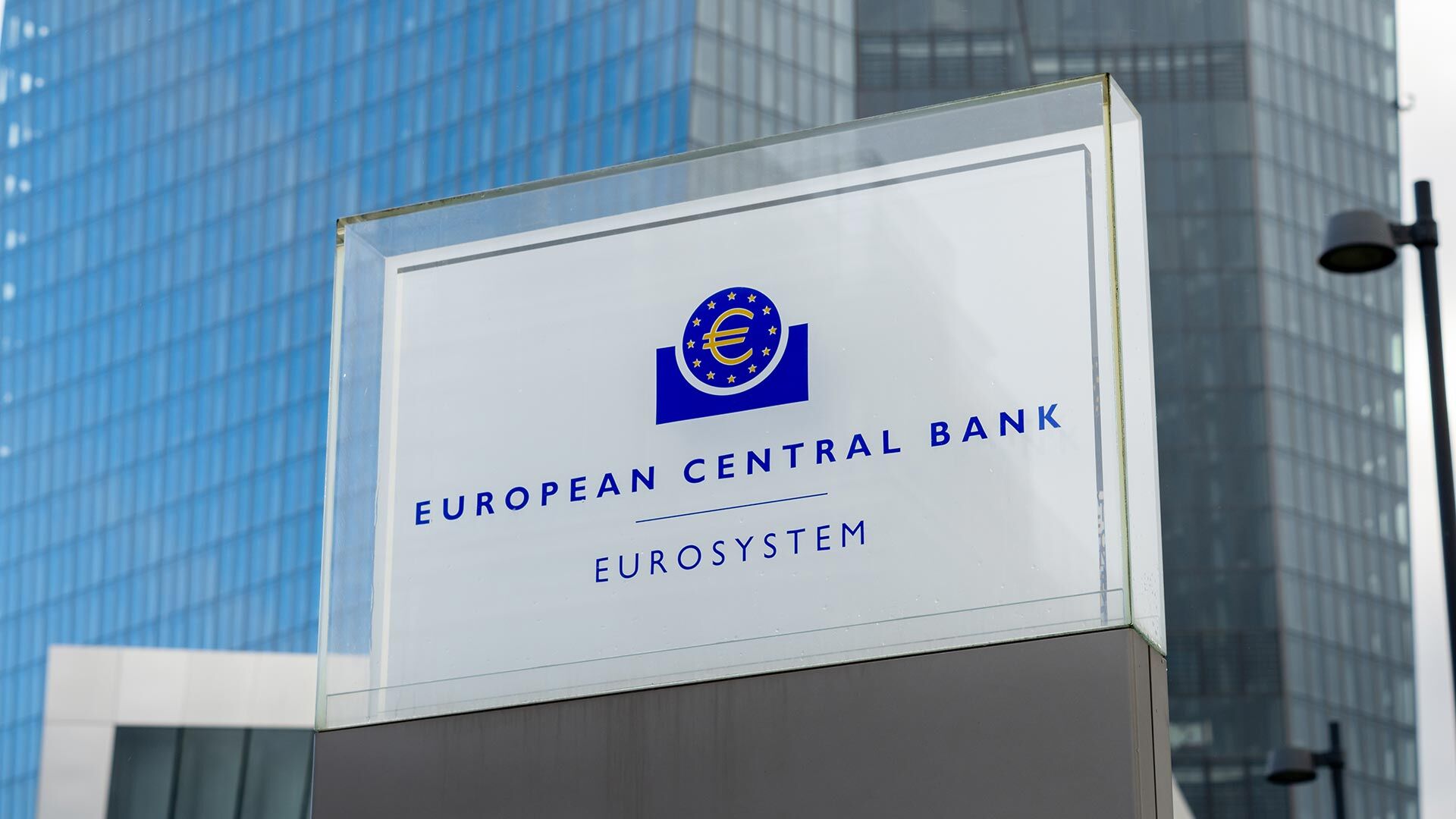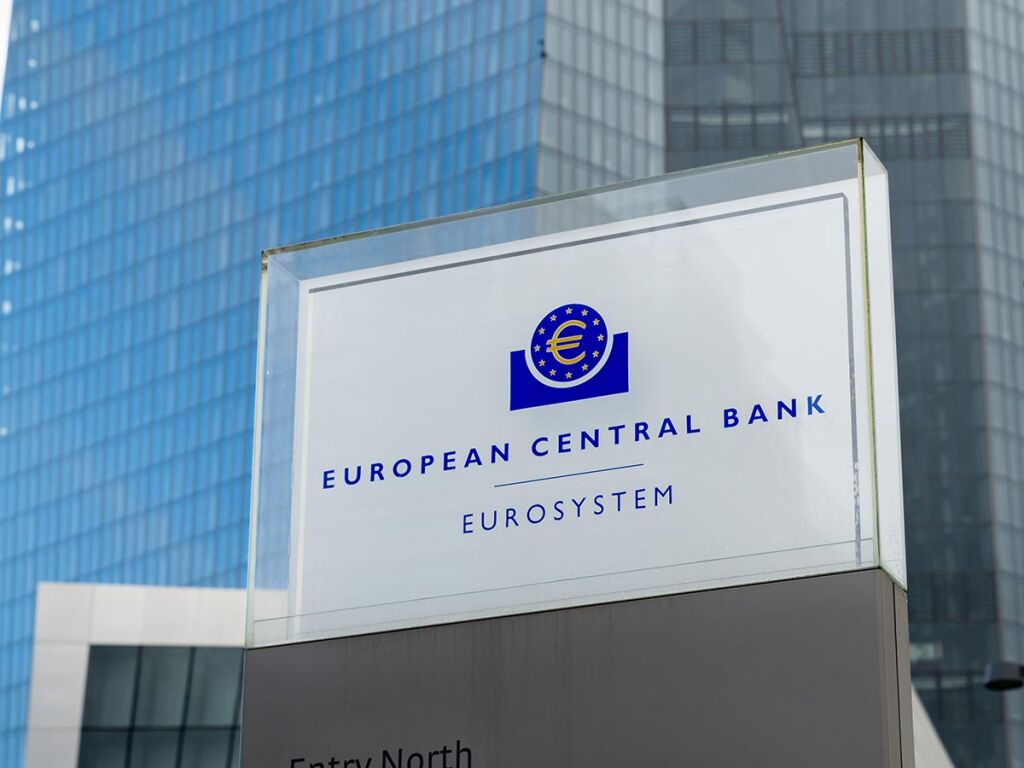Simply short
Monetary policy tightening by the European Central Bank will bring inflation down to the target level
Prices have been rising sharply across the euro area for an extended time already. This year, inflation, or the general rise in prices, has slowed because energy prices have fallen and the European Central Bank (ECB) has tightened its monetary policy significantly. This has involved the ECB raising its key interest rates and reducing the purchase programmes in which it acquires various assets in the markets. The ECB’s interest rate increases feed through to other interest rates in the economy, which increases the cost of borrowing and generally tightens financing conditions, reducing the overall level of demand. While curbing inflation over a short period, the ECB’s interest rate rises will also help to keep in check the expectations of businesses, consumers and investors regarding future levels of inflation.

The objective of the ECB’s monetary policy for the euro area is price stability. The inflation rate has been above the ECB’s 2% medium-term target for more than two years already, which is why the ECB has tightened its monetary policy substantially.
In autumn 2022, inflation in the euro area climbed to more than 10%. The reasons for this included the pandemic-related supply bottlenecks, with shortages of many raw materials, and the increases in government spending. Another key factor was the substantial rise in energy prices caused by Russia’s illegal war in Ukraine. Steps taken to soften the impact of the energy crisis through government measures to provide financial support (‘fiscal stimulus’) have had the effect of pushing up prices further in other sectors. This effect has nevertheless been small, according to estimates by the Bank of Finland.
When inflation is rising, this is often also accompanied by expectations of higher inflation in the future on the part of consumers, businesses and the markets. Inflation expectations in the euro area have, however, stayed close to the ECB’s inflation target of 2%. Expectations can have an important influence on inflation, because they affect price setting by businesses and wage demands made by employees. Euro area inflation is projected to slow down considerably in the immediate years ahead, and to settle close to 2% in 2025.
The ECB’s monetary policy tightening has been unusual in many respects compared with previous experiences. Besides the ECB, many other major central banks – including the US Federal Reserve System – have also been tightening their monetary policy. Along with raising its key interest rates, the ECB has also begun to shrink its balance sheet through a process of ‘quantitative tightening’. This means the ECB has started to reduce the size of its securities portfolio acquired earlier in the APP asset purchase programme. Comparatively little research data is available yet on the full impact of all these measures.
The ECB’s approach to providing information about its decisions has also changed. Previously, the ECB frequently issued guidance well in advance on the future level of interest rates. Currently, however, the ECB emphasises that each monetary policy decision is dependent on the data available and the outlook for inflation at the time the decision is made, and on the extent to which its earlier decisions have fed through to lending and deposit rates.
The transmission of the ECB’s tightened monetary policy to the financial markets and the rest of the economy has taken effect: bank lending rates have risen, credit terms for the corporate and private customers of banks have been tightened, and the demand for credit has decreased.
The deterioration in the outlook for the euro area economy is also due to the weakening performance of the global economy and international trade. The euro area and particularly Germany, its largest economy, has long suffered from a weak trend in manufacturing due to the technological transition in vehicle production and the higher price of energy. The euro area has also recently seen a drop in the level of confidence in the economy displayed in the construction sector, services and the retail industry, and by consumers. The labour market in the euro area has so far remained robust, however, and the easing of inflationary pressures will boost households’ real income and consumption.
Inflation generally slows down when growth in the economy subsides. This time, however, the impact has been less marked than usual, and there is still upward pressure on prices in the euro area economy. The ECB therefore decided at its September meeting to raise its key interest rates by a further 0.25 percentage points. The challenge is to bring inflation down to its medium-term target of 2% without unnecessarily compromising economic growth and stable financing conditions. The ECB’s latest economic forecast indicates that this can be achieved.
The economic effects of central bank monetary policy, on the one hand, and of the fiscal policy pursued by national governments, on the other, should not be conflicting. Otherwise, there could be a situation where, for instance, fiscal policy being used to support demand has the effect of accelerating inflation at a time when monetary policy tightening is in progress, causing the central bank to raise interest rates even further than it would have done in a more moderate fiscal policy environment. The difficulty, however, is that both prices and economic growth are also affected by many external factors, making it challenging to coordinate the objectives. External factors also include risks that could produce significant and unexpected price fluctuations. Such risks are present in the energy and commodities markets, for example. Risks could also be triggered by sudden shifts in the geopolitical landscape and by extreme weather events.






